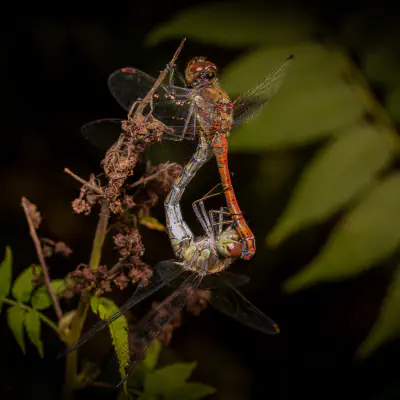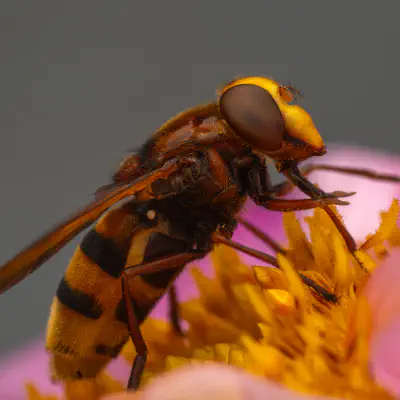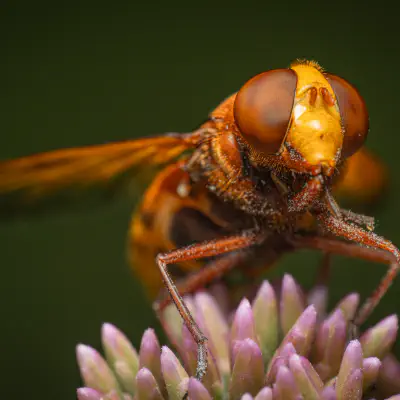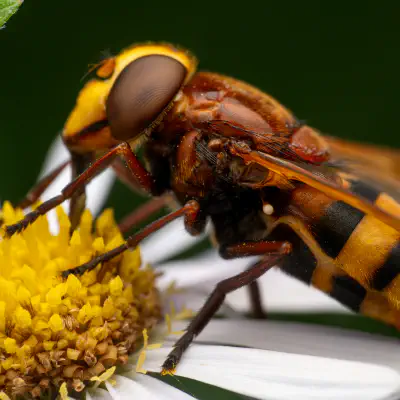This species is present in most of Europe, in Tunisia, Iran, Russia (to Far East) and in Mongolia. In Great Britain, it was only known from two specimens prior to 1940, so was regarded as rare. Since then, it has become increasingly widespread in many parts of the South and South East England, often in association with parks and gardens, where adults are usually seen visiting flowers. Elsewhere in England, only a few scattered records exist.
Hornet Mimic Hover Fly (lat. Volucella zonaria)
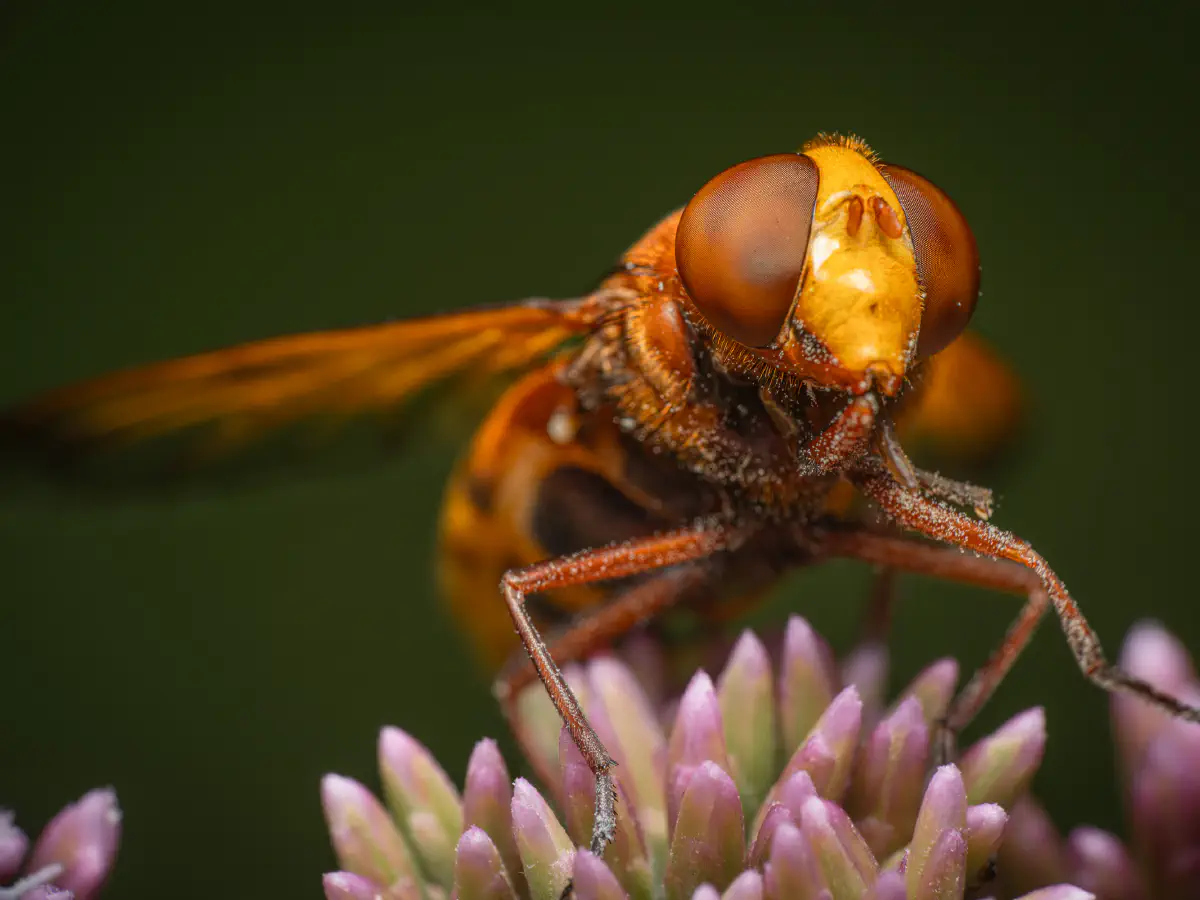

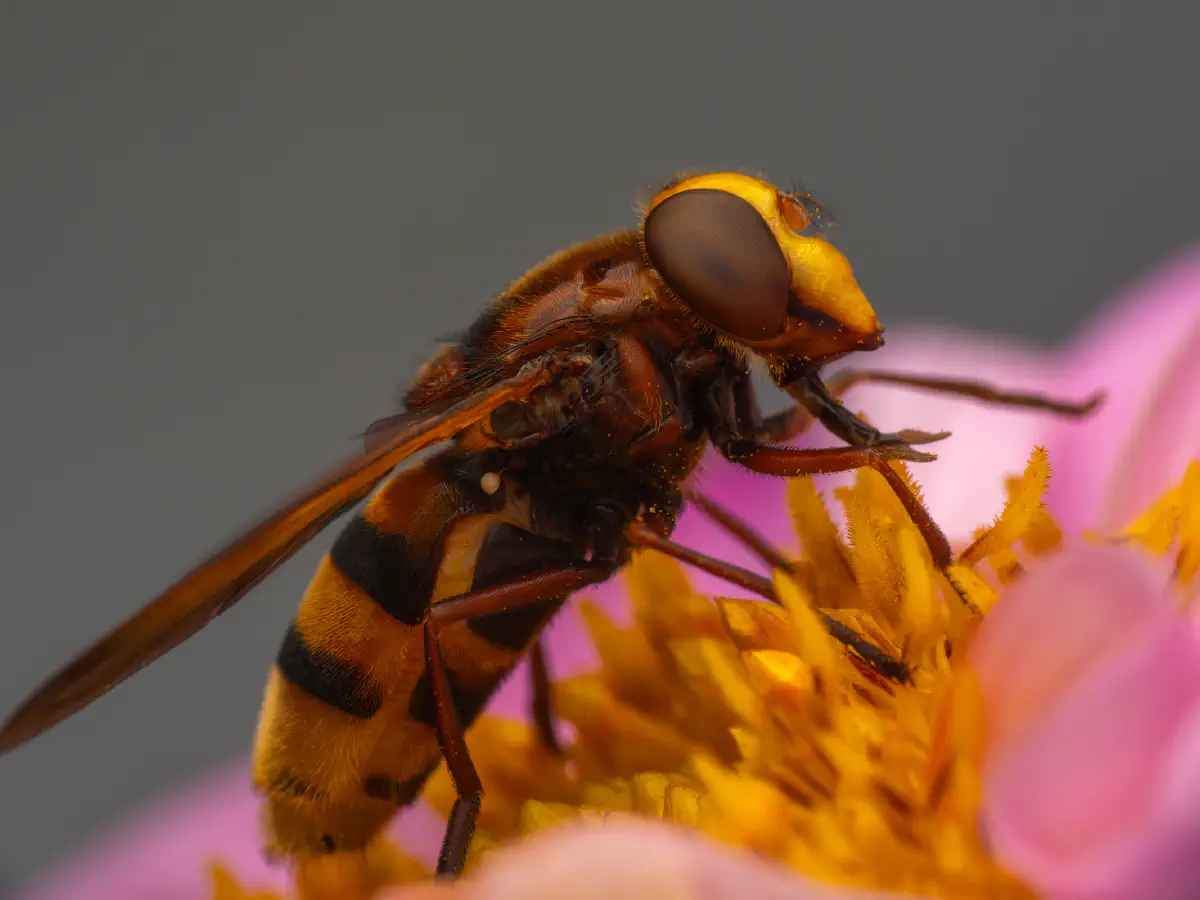



This is not intended to be a dry lexicon. Personal stories and sensitive articles form the framework for our pictures: „Dance of love — our exclusive interview“
Lisa and Linus, two large dragonflies, share their personal mating experiences, often described as a dance, shedding light on the associated challenges and misunderstandings.
